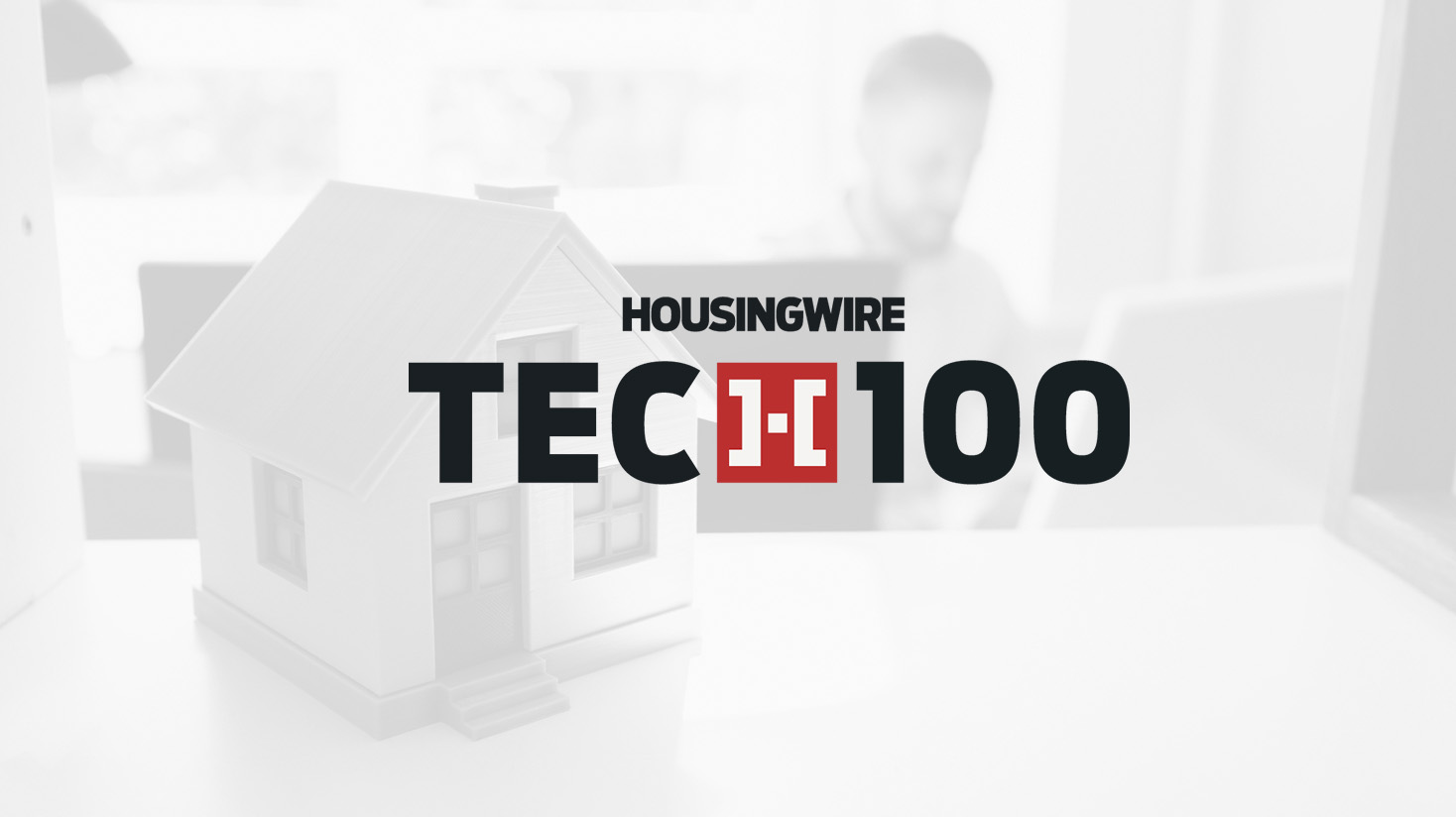
Medicare Advantage is the fastest growing business segment in the Healthcare insurance industry in the United States.
According to a recent report by KFF, Medicare spending is expected to double in the next 10 years with similar growth expected in Medicare membership. According to the Centers for Medicare and Medicaid (CMS), one in three Medicare enrollees selects a private Medicare Advantage plan.
This growing market segment represents a big opportunity for Medicare Advantage Organizations (MAOs) that are prepared to take advantage of it. That said, many are challenged to meet the rigorous demands presented by the regulatory controls and requirements surrounding CMS-mandated customer plan materials such as the Annual Notice of Change, Evidence of Coverage, Summary of Benefit, and related materials.
In a recent poll conducted by Messagepoint and World Congress Events, MAOs identified the following challenges in managing these materials:
These issues are directly impacted by the approach leveraged to manage these complex, regulated documents.
MAOs typically rely on one of three approaches to manage their documents.
Approach 1 – Manual methods.
It isn’t uncommon for MAOs to rely on manual approaches to create each plan document individually, leveraging copy-paste, manual edits and even MS Word-based mail merges. This approach is fraught with issues that relate to the heavy reliance on manual work being completed by individual employees. Errors, missed deadlines, burnout, and scaling issues are rampant for organizations choosing this approach. Organizations have one lever to grow their business or improve success rates when using this approach and that is to “throw more people at the problem”. Not only is this an ineffective and costly approach, but it also doesn’t allow for economies of scale as an MAO grows its plans to serve new market segments.
Approach 2 – Outsourcing.
It is also not uncommon for an MAO to pass this work to external vendors to complete. MAOs are then reliant on vendors who often still complete much of the work manually introducing many of the same issues with the internal manual approach. Of course, the additional cost of having to rely on the vendor for every little change and click charges only add to the cost and help to limit scalability.
Approach 3 – Adoption of Document Generation Software.
Many MAOs have started to leverage software offerings to address the challenge of document generation. Many of these products can provide some efficiencies, but the level to which they improve processes varies widely. The vast majority of these tools provide a blank starting point for the MAOs, forcing them to implement complex CMS models, plan data, business rules, translations, and 508 compliance requirements.
Because success is so strongly tied to the management approaches applied to the creation and management of these documents, MAOs must search for solutions that address the key challenges that are holding their business back.
MAOs should look for software solutions that provide the following capabilities:
Leveraging a solution with these capabilities enables MAO teams to finish early, with less stress, and higher quality easily navigating the annual changes from CMS and expanding their plan offerings.

Part 3 of a 3-part series on AI in CCM Building on the insights from our previous articles…
Read the Article
TORONTO, February 4, 2025 – Messagepoint announced today it is a recipient of HousingWire’s Tech100 Mortgage award. The…
Read the Article
For Medicare Advantage Organizations (MAOs), the summer months have historically been defined by the high stakes, tight turnarounds…
Read the Article